Hey heyyyy I'm back as promised! So this will basically cover the spelunking session we had during the 1st day of the trip. It was crazy really, like why would anyone ask tired people to go cave diving like that... but we still did it XD
brief info I remembered our guide telling us. What we're doing is spelunking, which is cave exploration. apparently some people call it caving which is a different term and that's used to refer to studying caves, composition, etc. That's all XD
Anyways, we found out that day that only locals were allowed to be tour/hike guides as a way to promote sagada, and to make tourism a lot more sustainable. It's not really a problem for us because they'd know the know-hows better than other people anyways UwU
Plus all the locals we met were so nice to us too. Some even offered to teach us some local crafts (this I'll write about later on too).
Another bit of additional info we got while we were hiking to the cave: So the people from baguio, benguet, banaue, kalinga, bontoc, all the people that lived in the mountains are referred to generally as igorots, And that literally means "mountain dwellers"
The local dialect the people of sagada use is called Kankana-eys which is a dialect I'm not so familiar with... but they speak so calmly and their voices are all so low, it's just calming to me. And I can understand why people are so calm up there now
Back to the caves!
A little info about Sumaguing cave and the cave connections in sagada. There are over 600 cave connections in the small city of sagada, which is already pretty wild information to me because how could so many tunnels fit and connect over there. Unfortunately, Lumiang cave was a little too extreme for us to try so they offered to guide us through sumaguing cave ("The big one" which is the direct english translation of the dialect word) instead.
There were three major parts of that spelunking adventure, and the guides told us we were pretty slow compared to other groups but it's kind of understandable because my youngest sister had a hard time reaching some spots (her height XD) and my mom was being careful. But what was important was that we made the descent pretty well and safely.
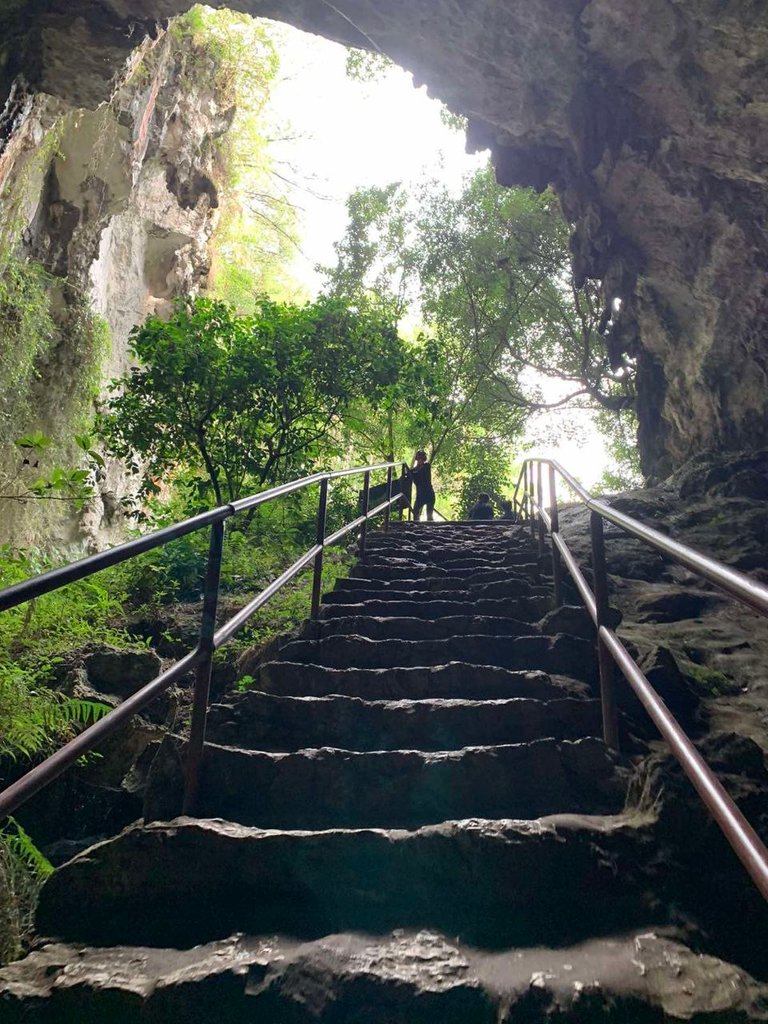
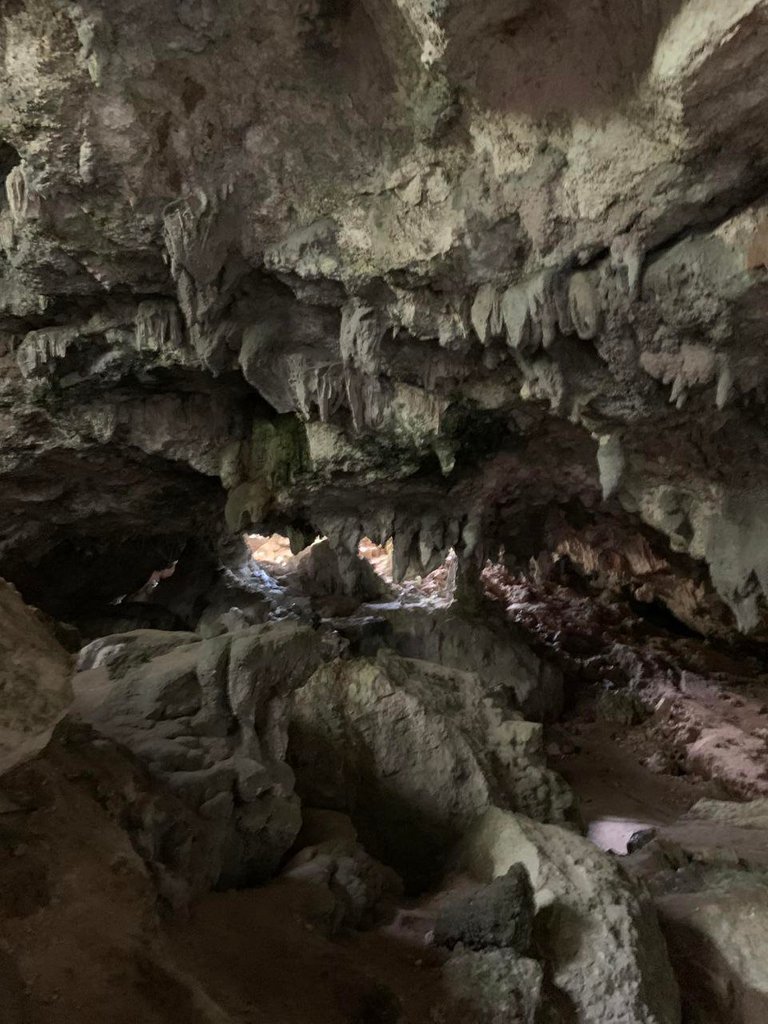
This was the first leg of the journey. This was like... maybe 3 minutes in, when we entered the large cave opening. Scary as heck when we finally reached the end of the man made stairs and we had to just rely on limestones to get down.

They only used alcohol lamps in there as well as head lamps because we needed to keep our hands free to hold onto the rocks, ropes and the few railings they could build in the cave. Lucky it wasn't raining then because it was already so cold even at the entrance plus we didn't need more to make the cave slippier. It was already slippery from mud and bat droppings so... you can imagine just how filthy it was from there XD
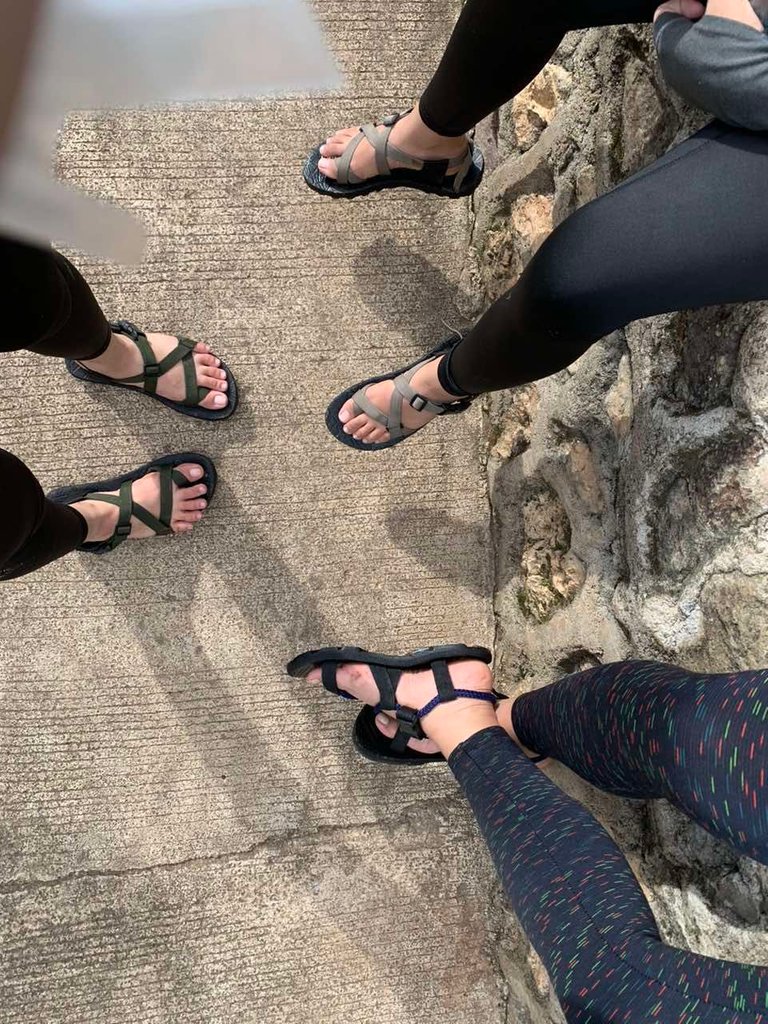
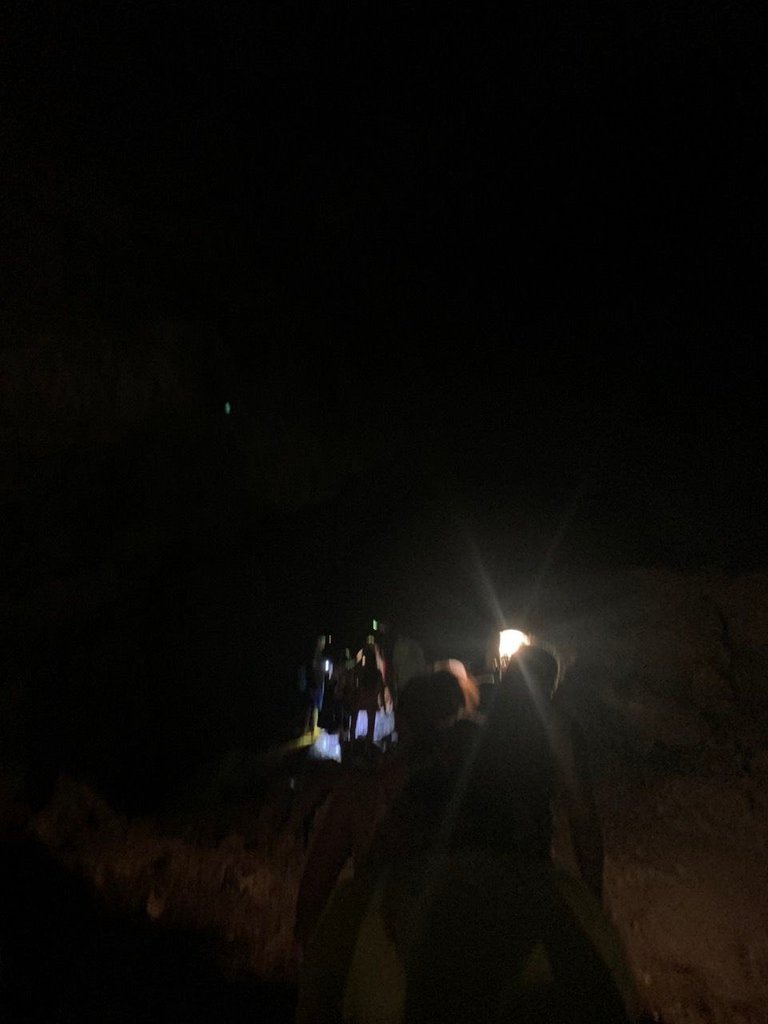
From the second part though, we were required to remove all footwear... and I was just surprised because at first, we were told to wear non-slip footwear... only to remove them anyways. From there... whenever the light went out, it was seriously pitch black and we weren't allowed to move until the lamp was lit again. Scary experience tbh whenever the lamp was out.
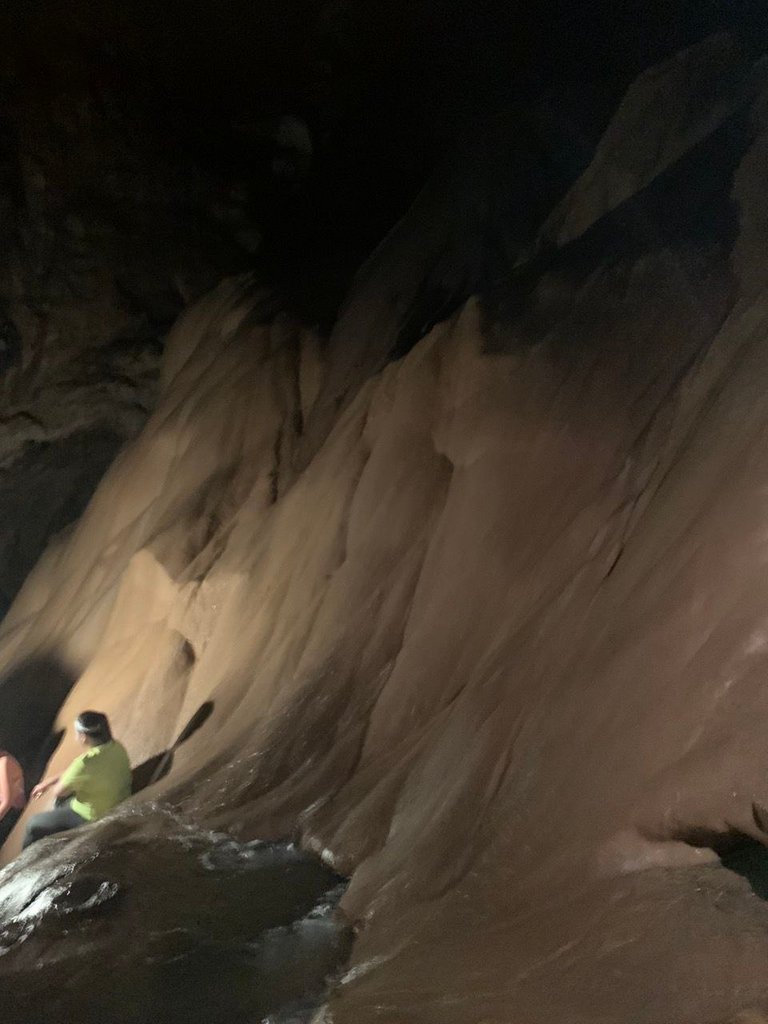
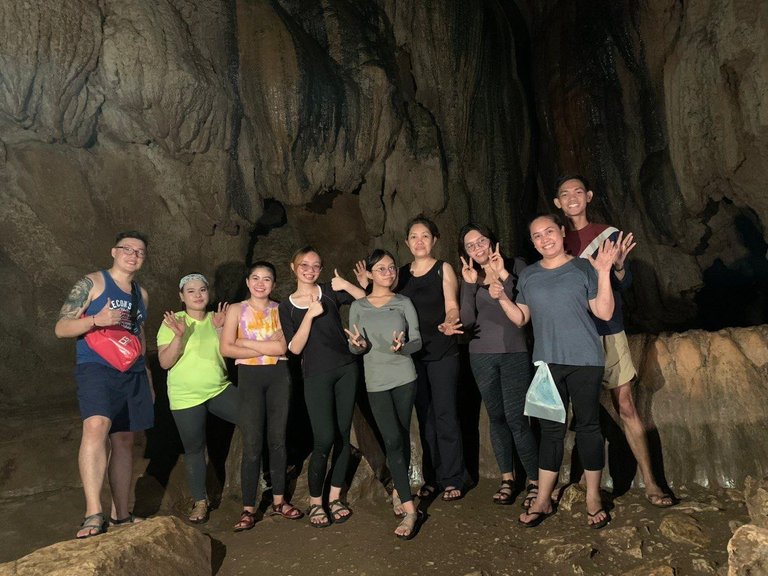

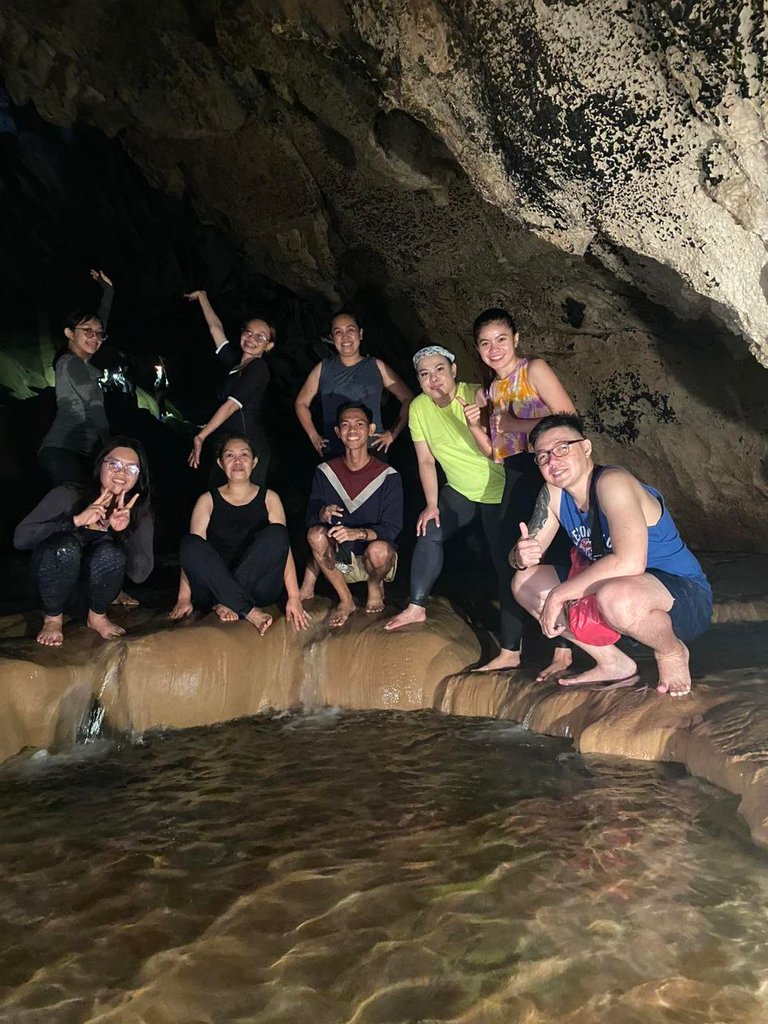
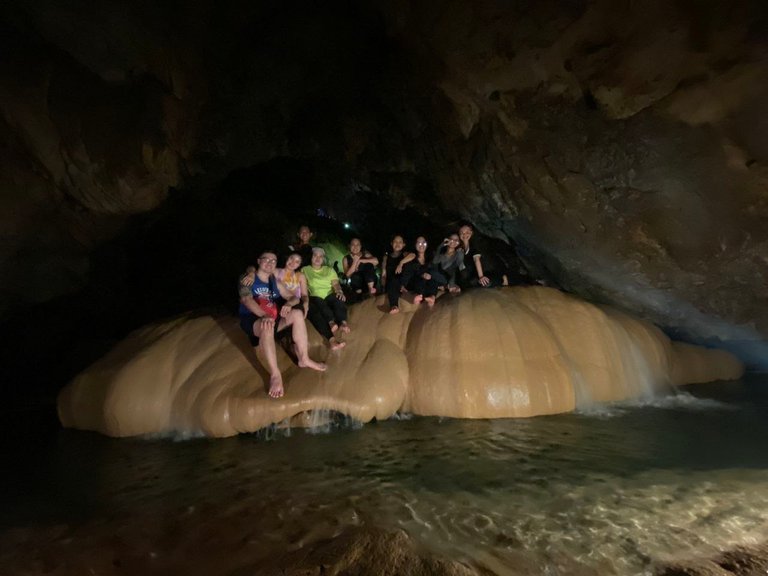
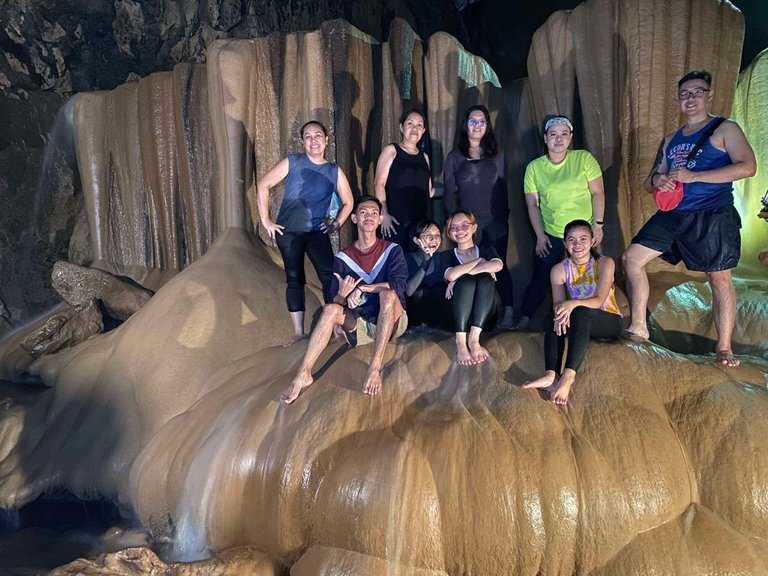
This is the rest of the photos we could manage inside the cave because after that... well... we had to swim in the underground river, the small water pools forming there and we even had to do a bit of rapelling and a bit of crawling in some small tunnels because it was too small for us to walk through. All in all, it was just a crazy experience and I think I wouldn't mind trying out that cave connection in lumiang if we ever got the chance to again.
After our little spelunking trip which lasted about 2.5 hours, we made our way back to the accomodation to get changed out of soaking clothes... And apparently, to our coordinator, the day wasn't over yet XD
at 4pm, we were to all gather at the lobby again because we were going to visit pottery center of sagada UwU

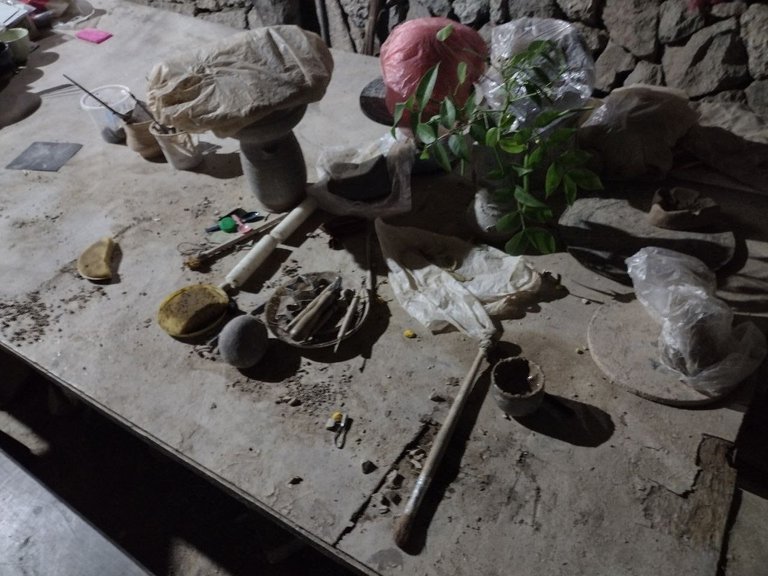
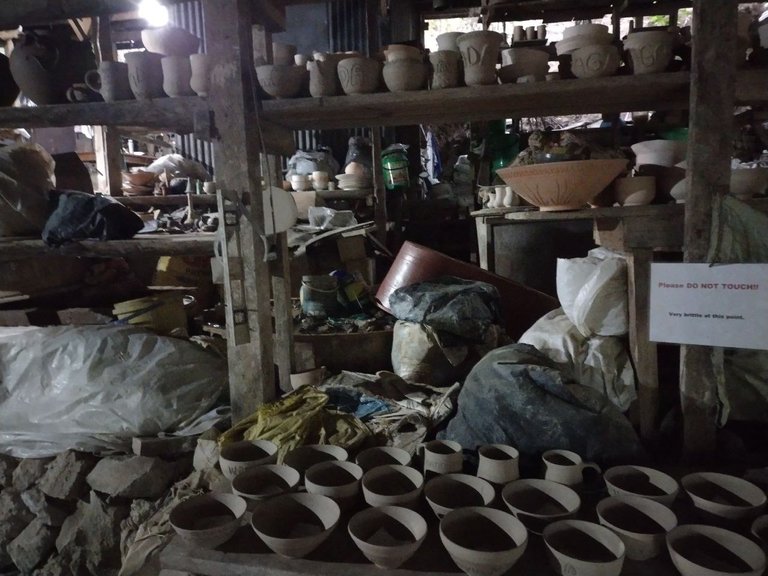
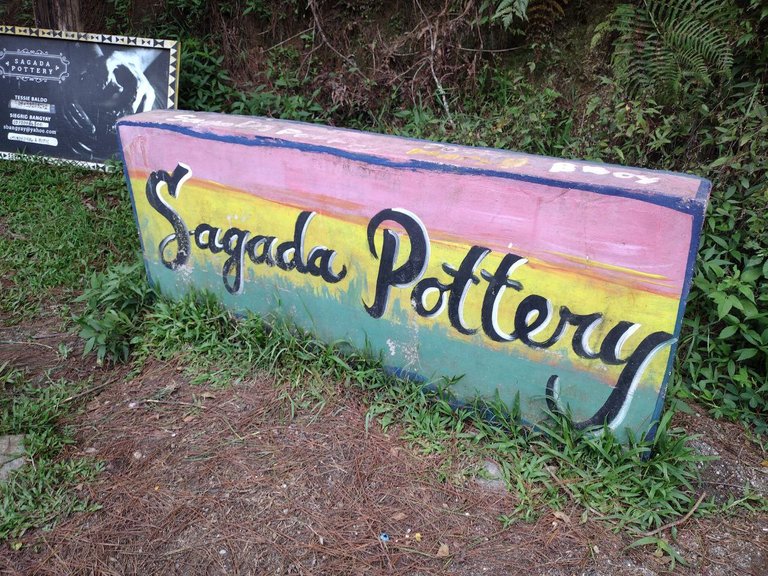
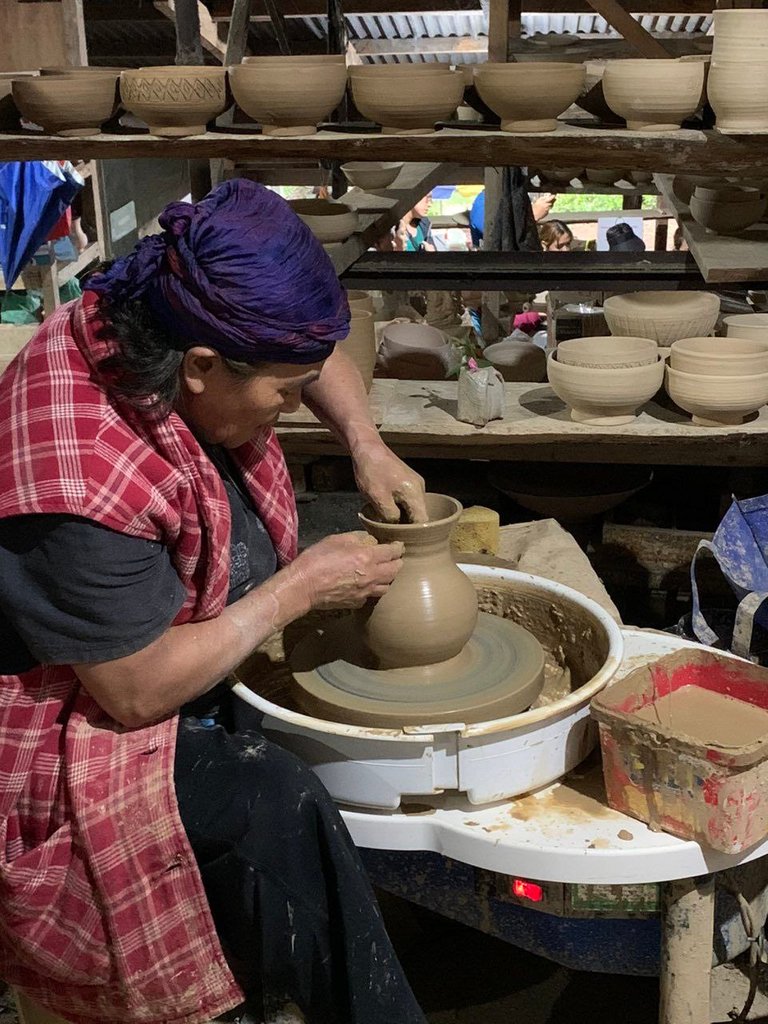
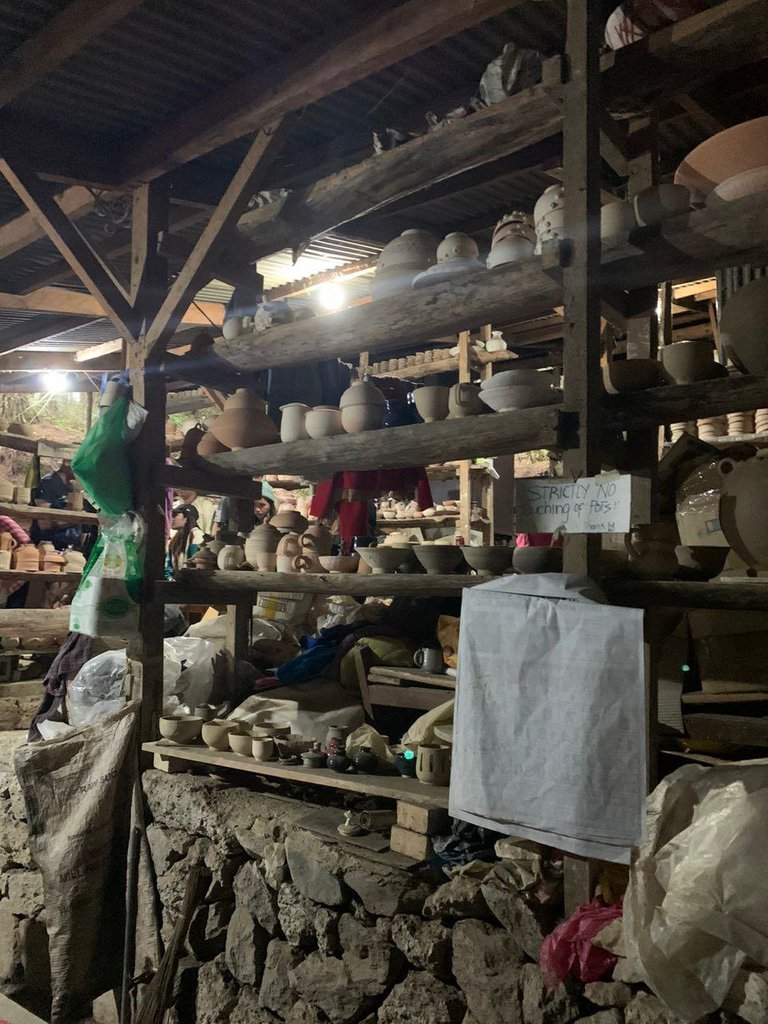
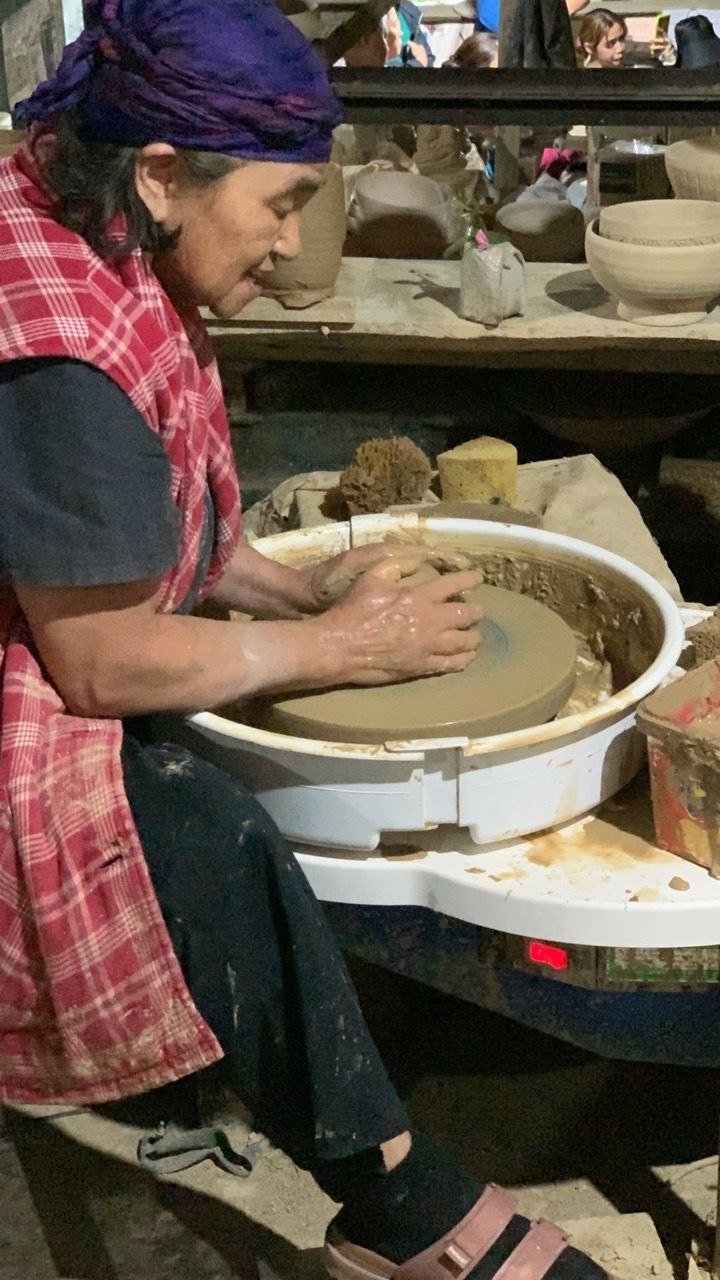
The pottery teacher giving us a quick tour of sagada pottery was named Tesse. She was a rather strict teacher right from the get go because she wouldn't allow snacks while she was teaching. So while my stomach growled from the previous activities, she gave us a litte history lesson.
From what I could get, pottery in sagada was fairly recent. It only started when an american potter introduced the art to them back in the 1960s. this man was named Archie Stapleton and he was part of the first episcopal missionaries that reached sagada. From there, the craft of pottery spread quite a bit across the mountain ranges. Now the pottery in sagada consists of three different aartisans who pass down the craft they've refined.
From what I could recall as well, they use 3 different types of clay for this but I forgot what those were. These aren't made for cooking, but more of decorative and for eating on and for microwaving food on.
All the materials they use are all naturally sourced from their own mountains and they need to apply for a bunch of permits just to get a bulk to use for their pottery. The clay is then tested for heat resistence, filtered, sieved twice until a fine clay is made. It's a very long process... and I'd love to try it but my brain and energy ran out shortly after the lessons she gave us XD
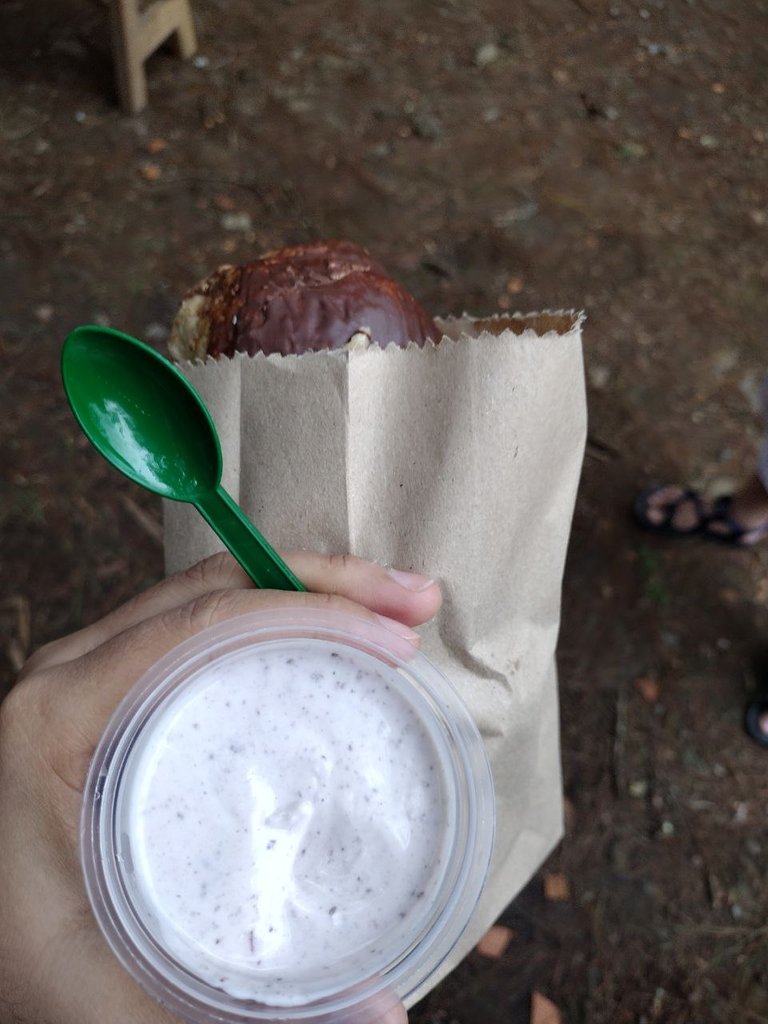
Lucky there was a bread vendor just outside the pottery center. The bread was sooo good! Very fluffy, a little grainy and very moist, and apparently almost every household knows how to make yoghurt so the yoghurt they sold was a homemade blueberry one!
We actually thougt the destinations ended there because it was almost 6pm and the town itself had a curfew. But since our coordinator was basically ana dopted local, she asked for a few favors from Mr. Aben, which is the owner of the Gundayan museum. A private museum where most of their relics and heirlooms were put on display. The displays spanned from the times the tribe was still headhunters up to before they got colonized by the americans and were converted from a pagan religion to an anglican one.
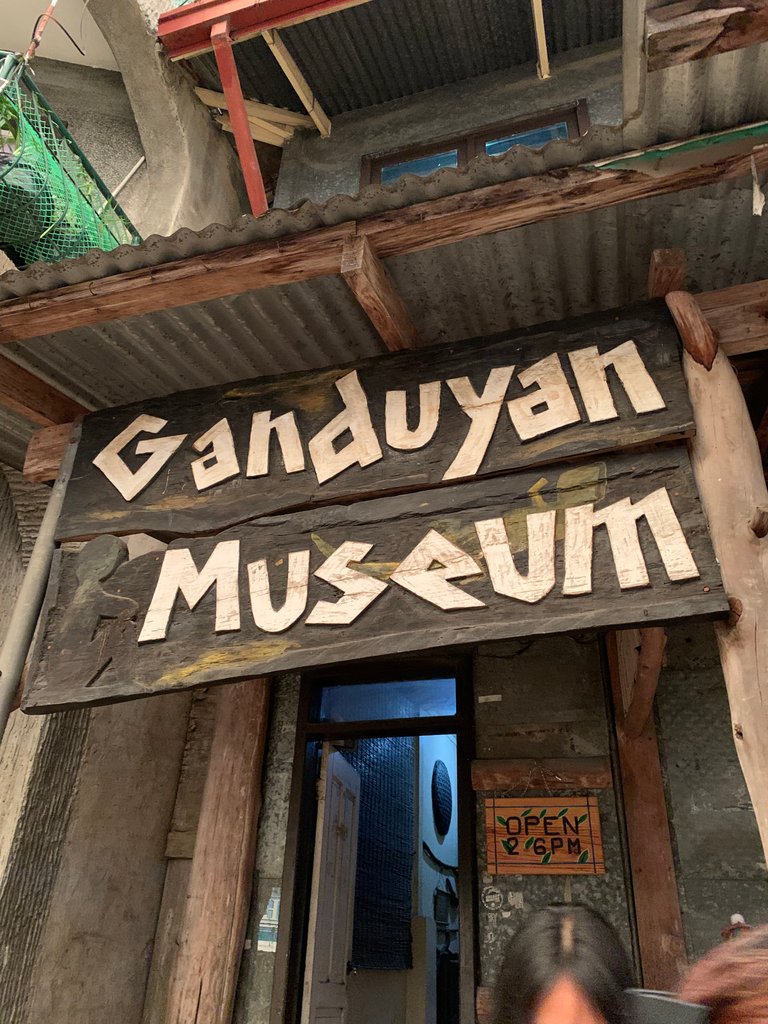
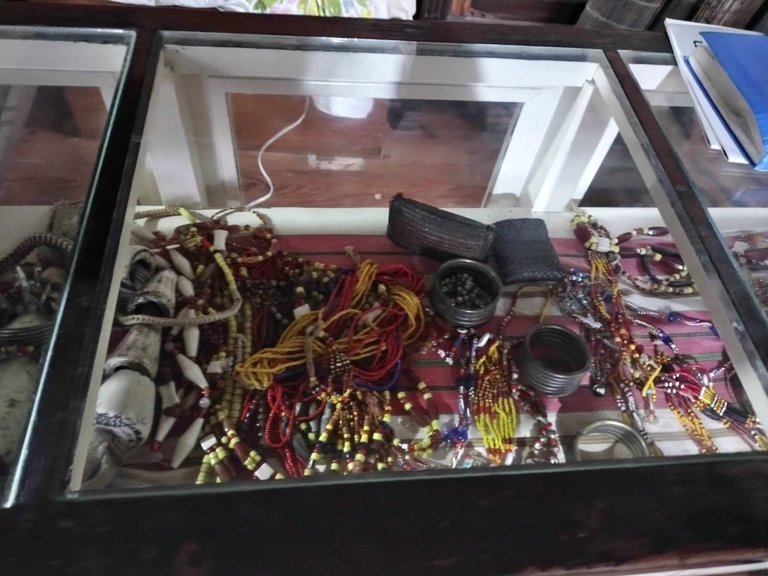
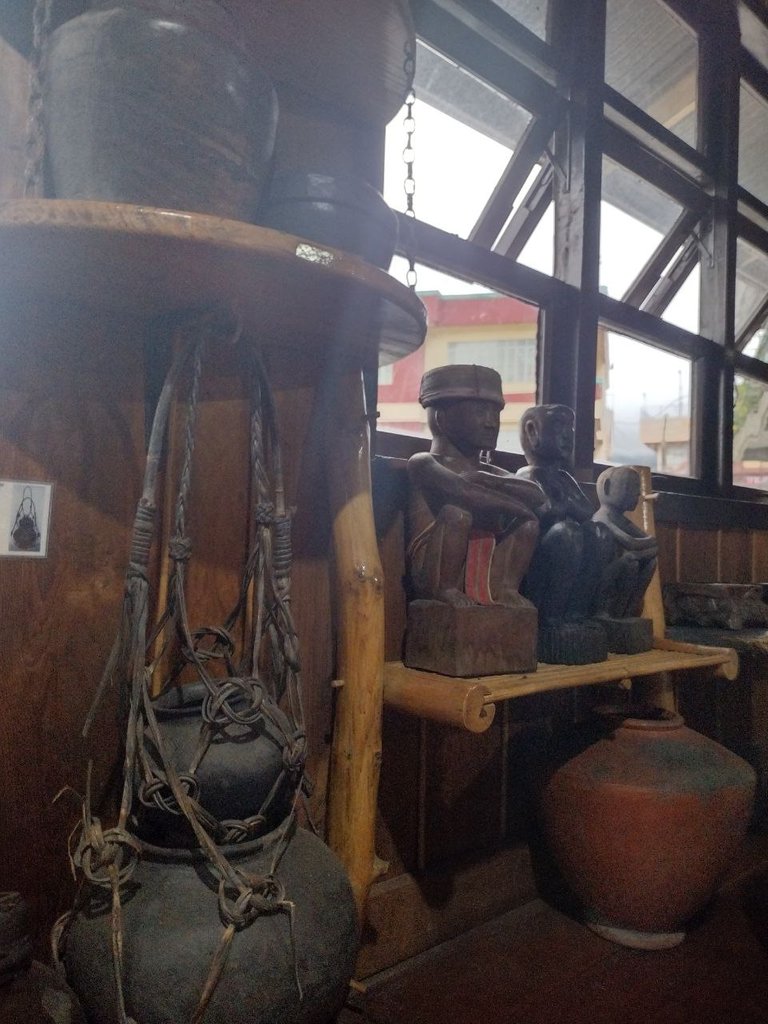
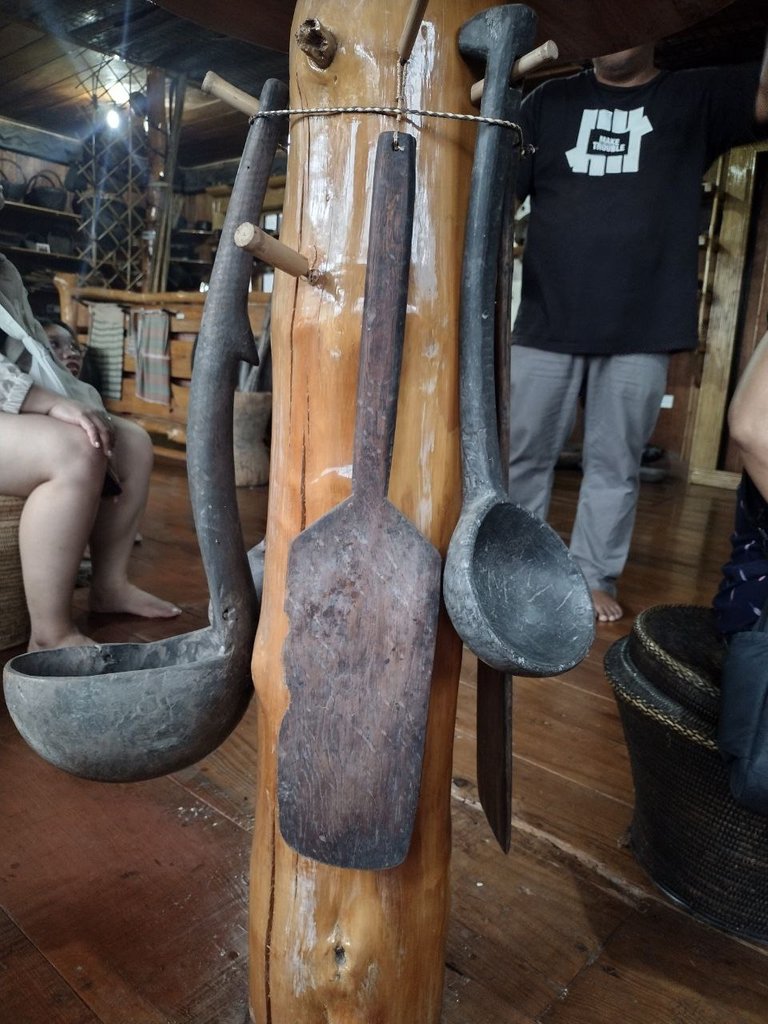
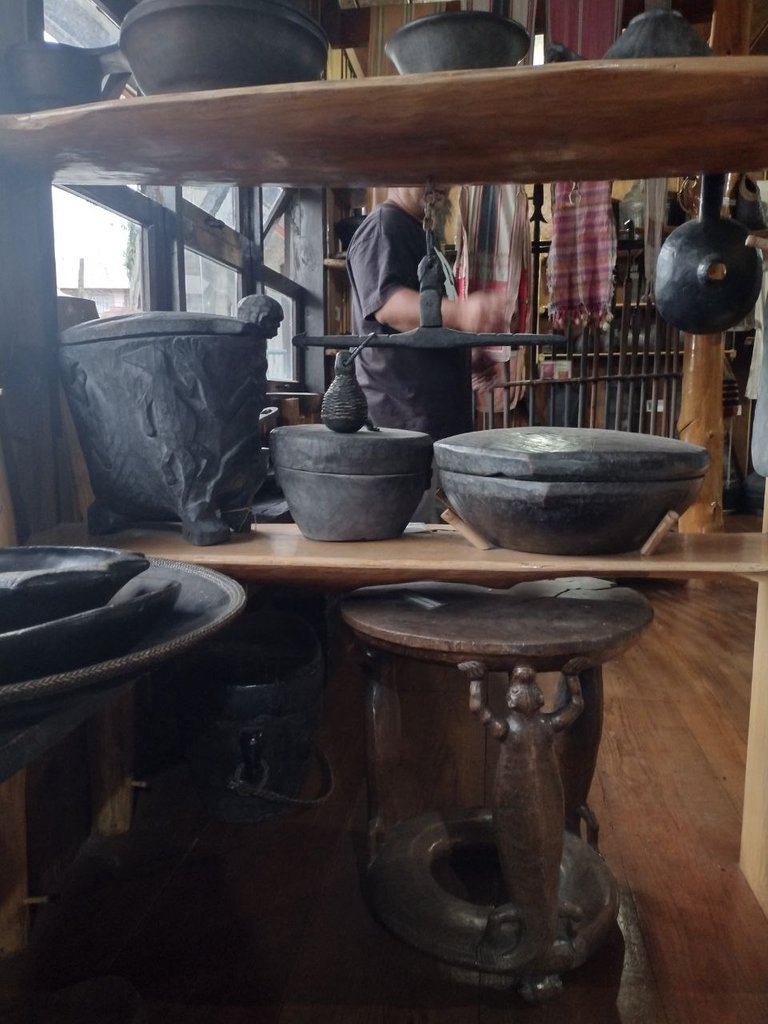
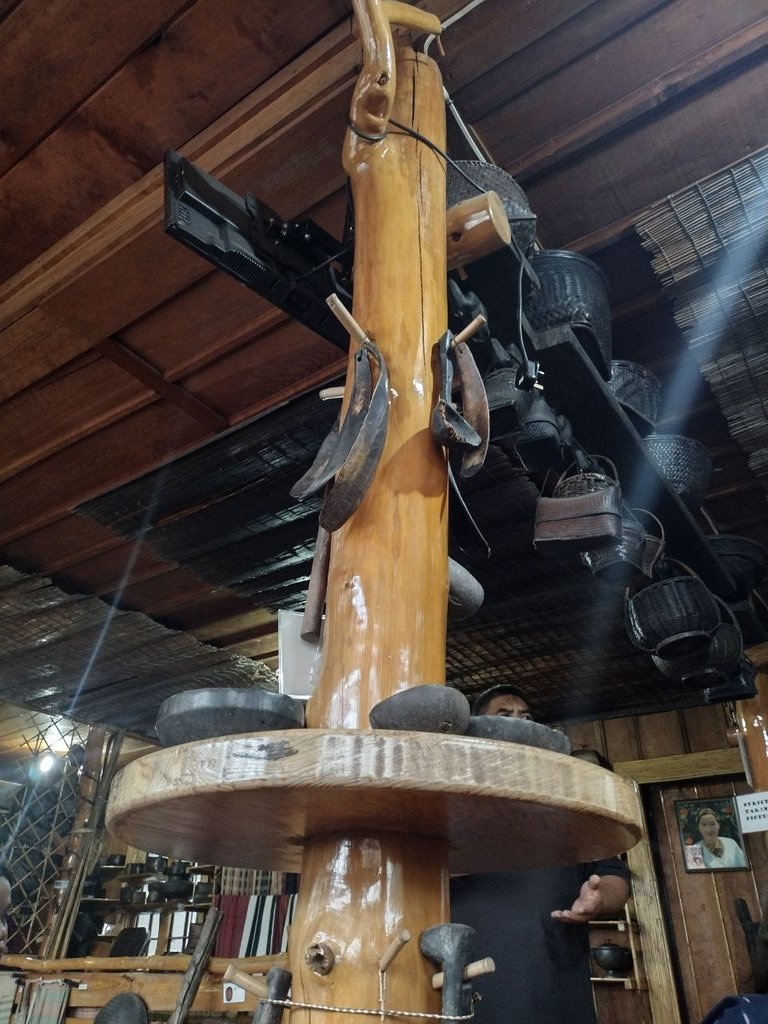
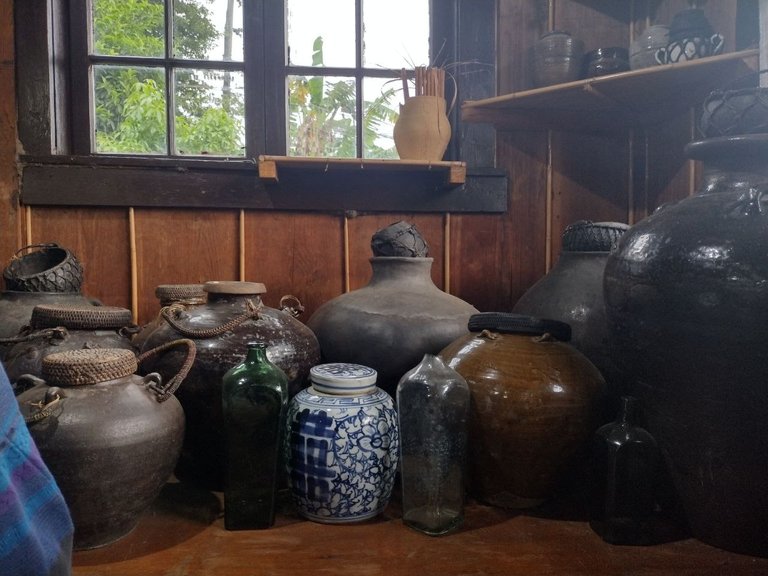

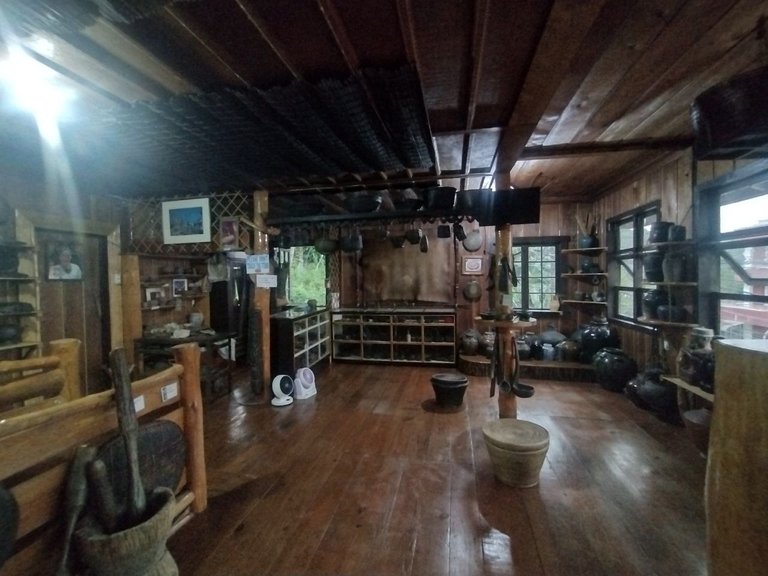
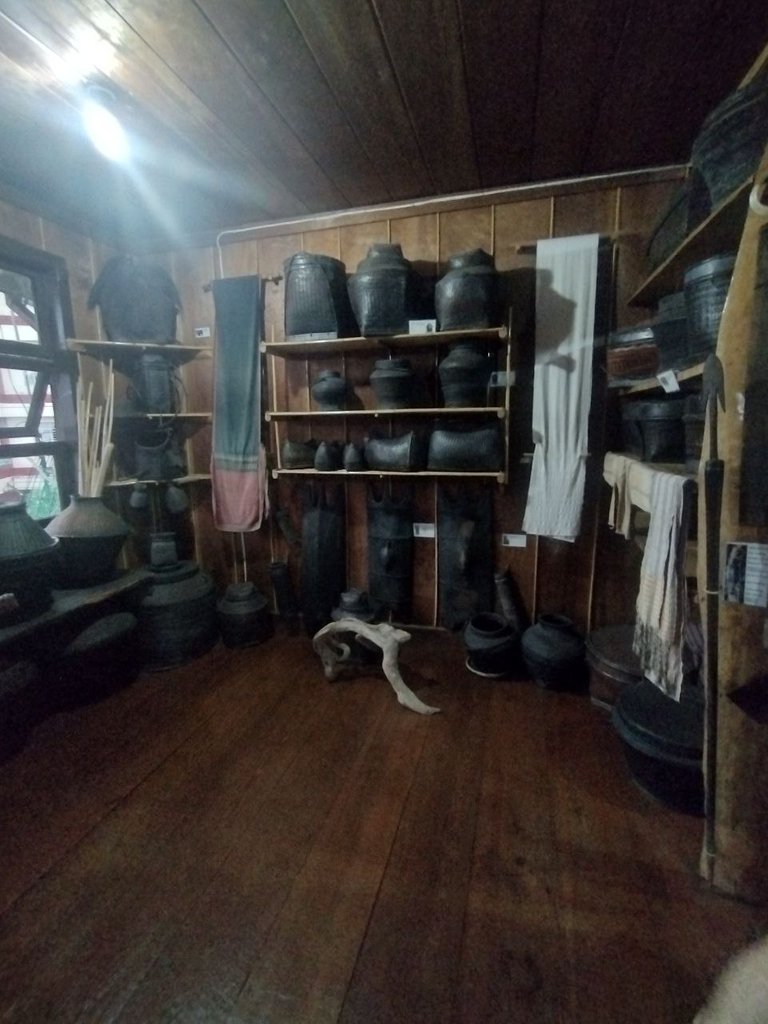
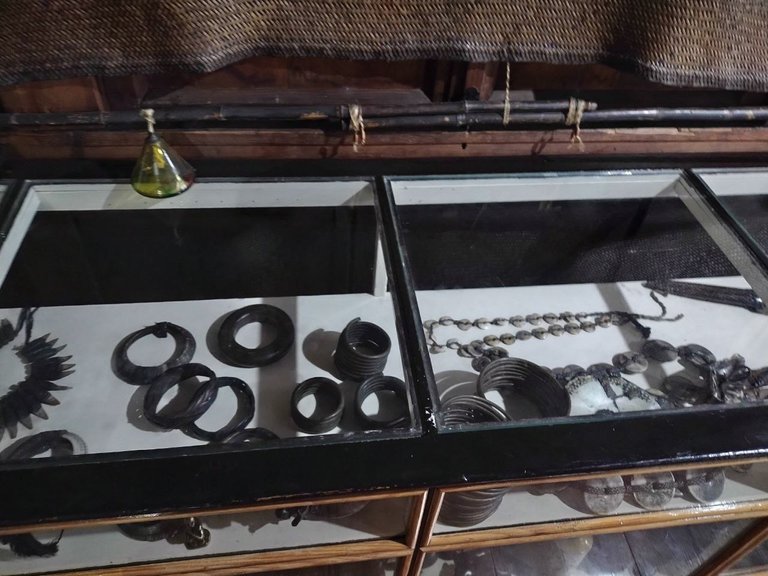
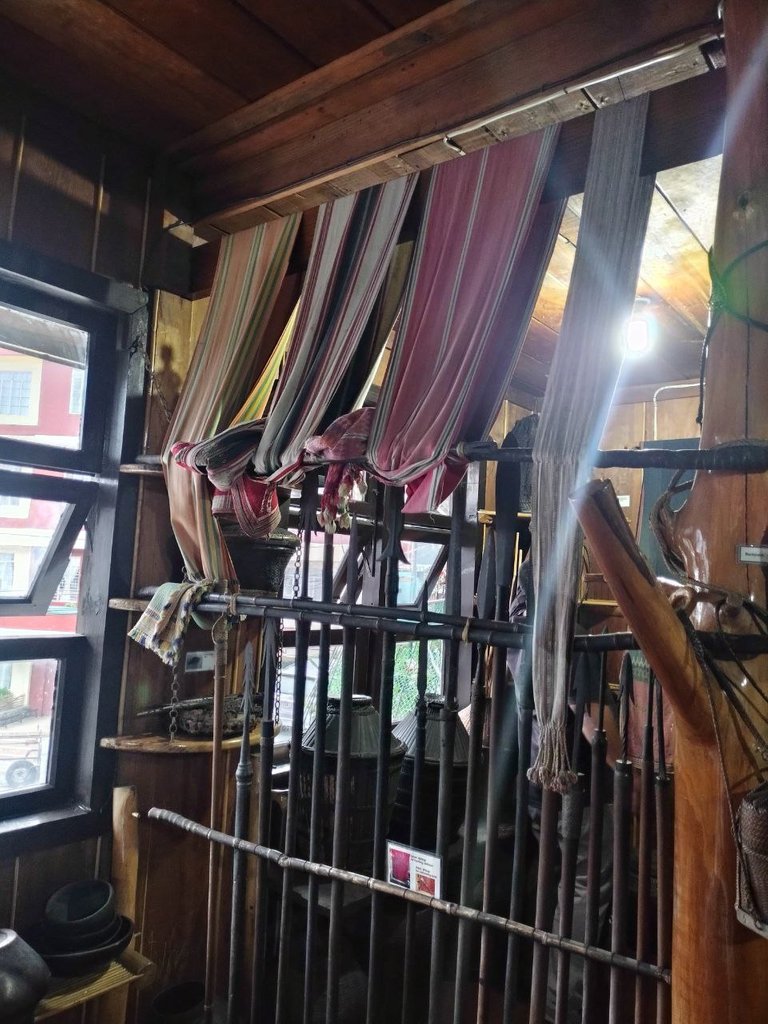
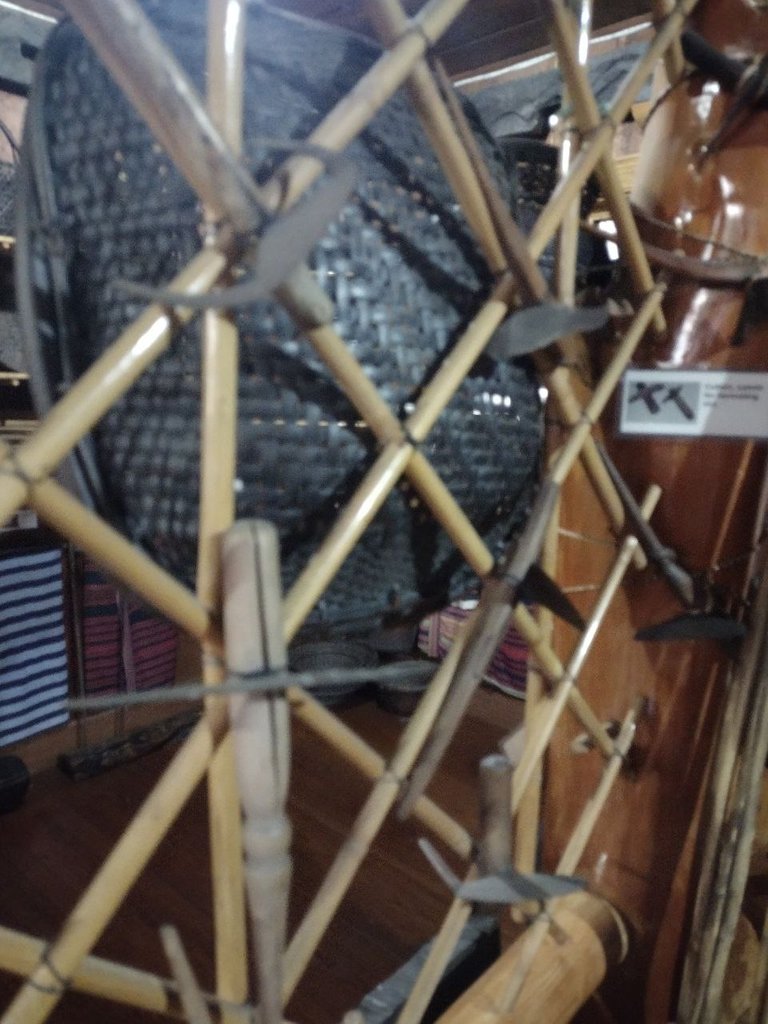
So from here, we had another series of history lessons because Sr. Aben was quite proactive and proud of the culture they came from. You could see that he still carried out a few fertility and prosperity relics on his belt and the fact that he wore the weavings made by the locals. So from here, he showed us some relics, some accessories for both men and women and how different ornaments represent different stages in life since they like pronouncing their life status to avoid confusion, given that it's already a small city and the lat thing they need is any form of confusion.
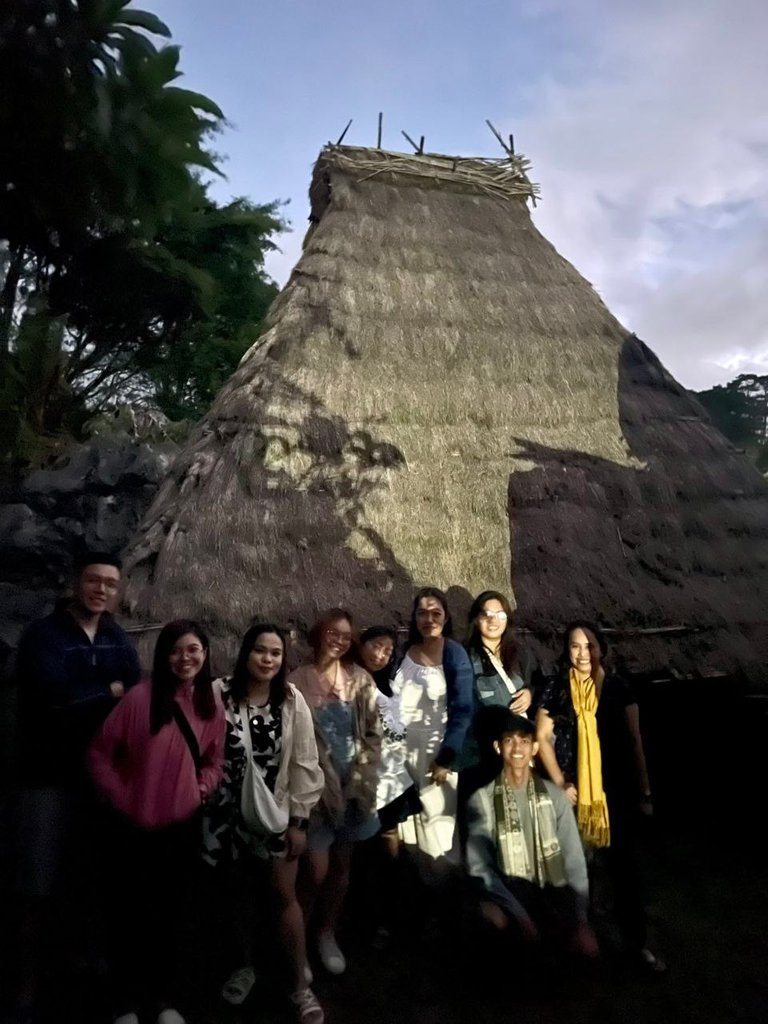
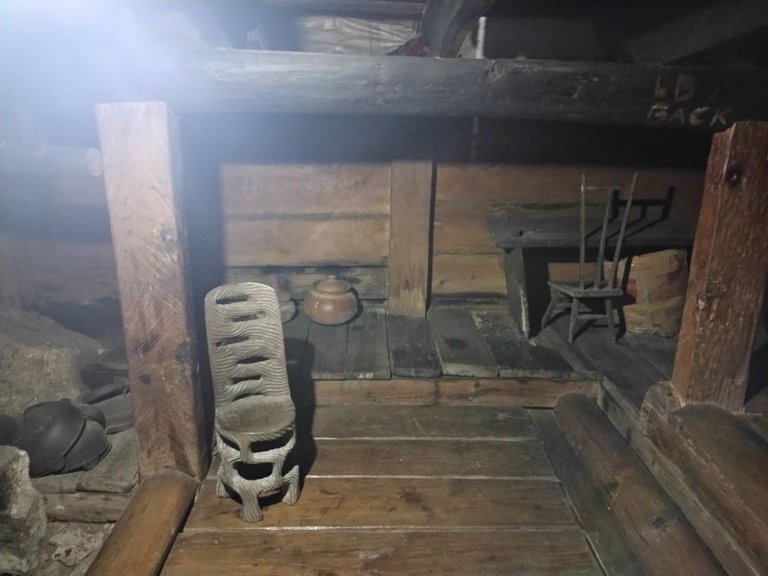
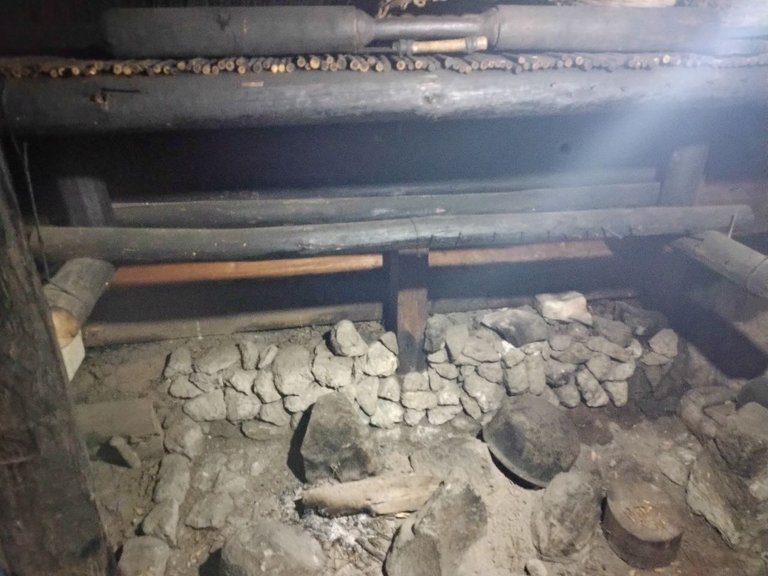
We were also fortunate enough to be given a tour around the oldest native house still in existence in the city. This used to be Sr. Aben's childhood home and was an heirloom from his grandparents and those that came before him. Quite the scary interior, yes, but it was really well preserved. And everything was basically darkened by charcoal and soot. Proof of just how important fire and heat was during the harsh times of the rainy season. Actually, almost every artifact in the museum was also covered if soot.
So after that little house visit, we went down to the restaurant Mr. Aben and his family owned. And apparently only relatives can work in locally owned businesses. They rarely allow outsiders to work and establish businesses here for the sake of keeping everything pure and authentic. It's kind of a strange notion but it's part of their culture so oh well.

This is what we had for dinner that day. Etag Ya Kamatis (Etag is their version of ham or something closer to jerky. It's preserved by getting smoked for hours and hours), then there's pork inatep, which is basically grilled pork then the household favourite of bulalo!
Crazy how their servings was sooo far from what we call a single serving in the metro. Plus everything was so fresha nd tender and I wished I could have that kind of food forever ;;-;;
After diner, I was pretty sure we were headed back to the hotel for some well deserved rest, but I was wrong XD

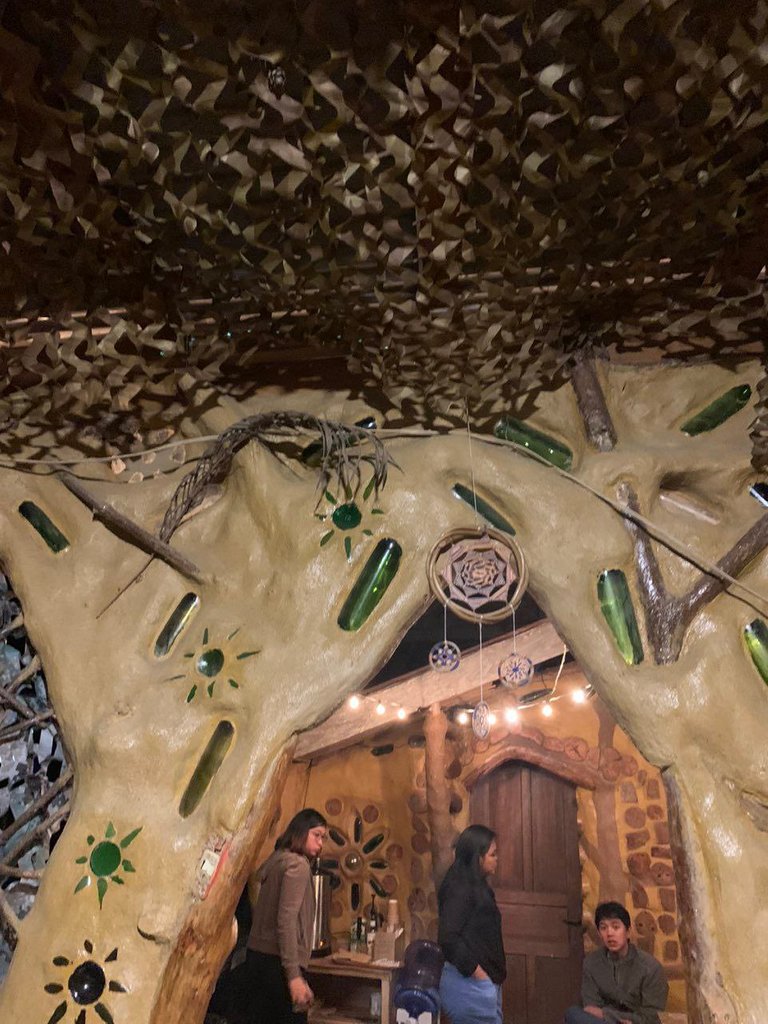
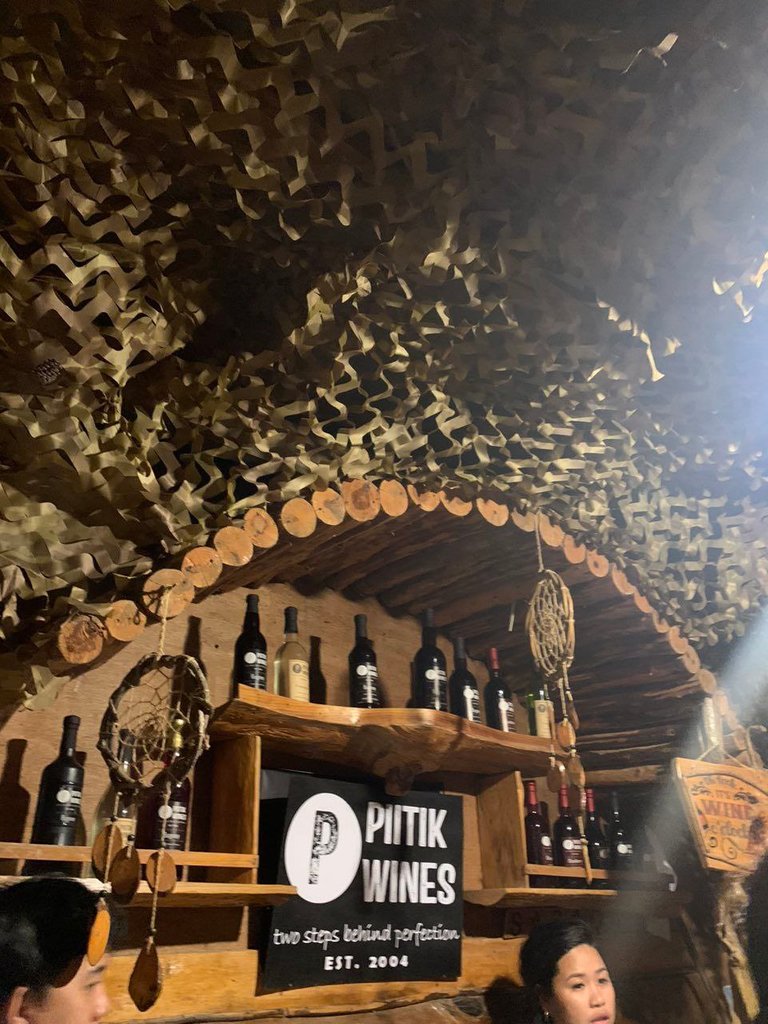
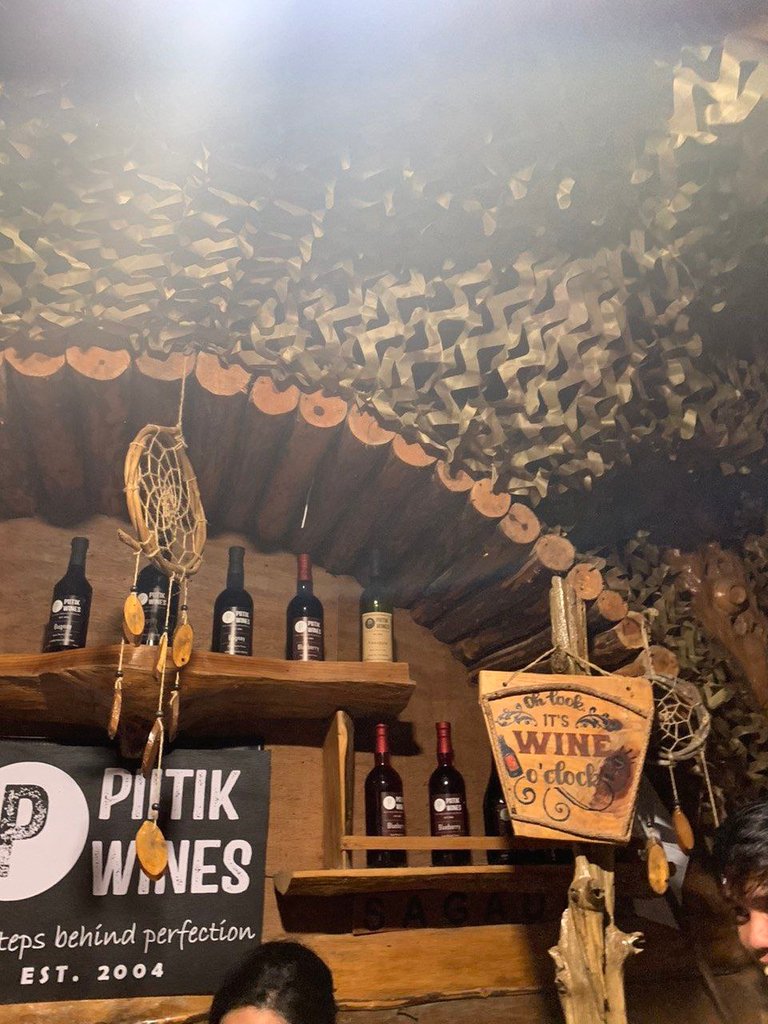
The official last stop for that night was this winery called Pitik wines. Here, they sold locally made wine. Contrary to the wines made in benguet and baguio, the wines here was much much stronger and legit tasted like wine XD
Their best seller are the berry wines, but they also have their own version of rice wine called tapey. It tastes a lot sweeter than the japanese sake I've had and it's a lot more mellow to drink with so yeah, we spent the rest of the evening here, just chilling, drinking and getting to know each other in the group a little better. and it really helped with setting a nice mood in the group.

Last picture XD
It wasn't just dogs that I hugged, also the cats in the places we went to! they're all very gentle and cuddly cats too and I love it!
That concludes the events of my 1sat day in sagada. I hope you picked up something from my blog UwU Thank you for reading and see you in my next blog!


